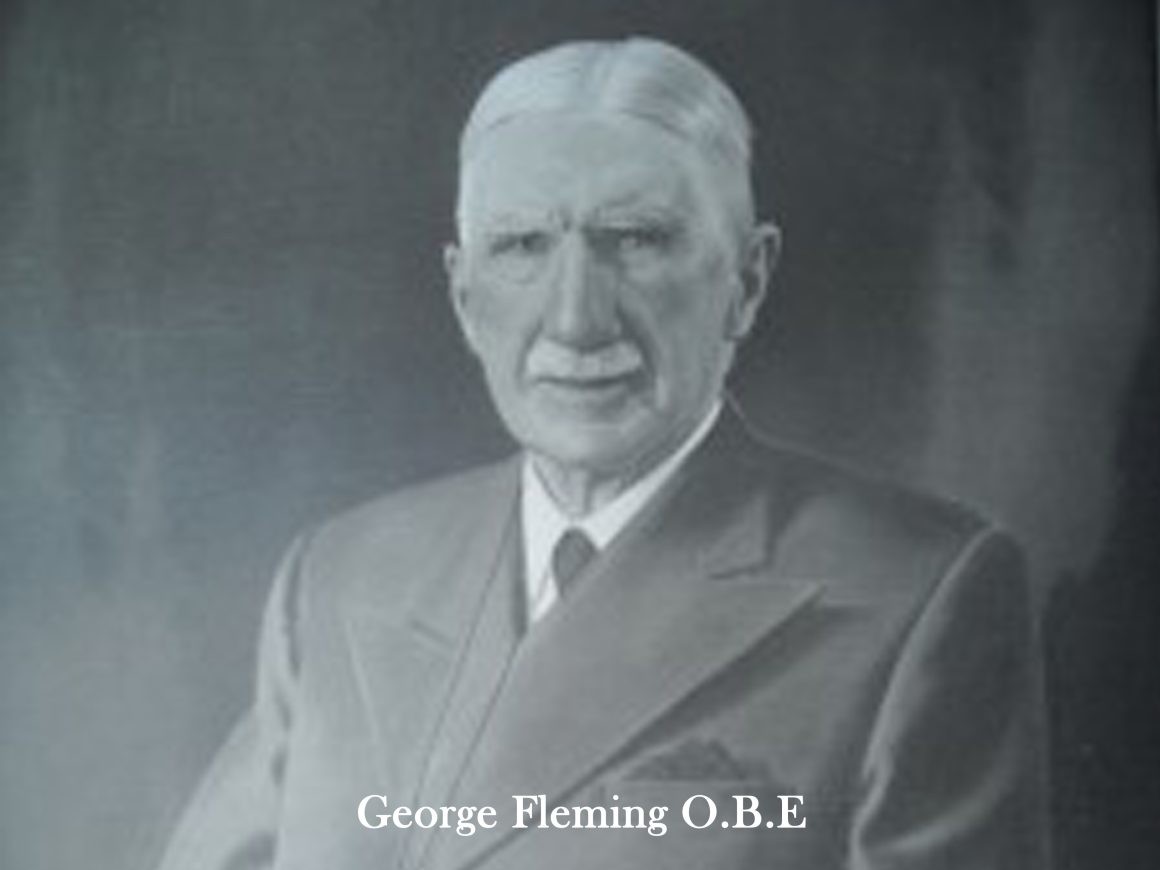The history of George Fleming House dates back to the colonial era when Rhodesia was still taking shape from a vast expanse of wilderness, to a colonial settlement. During the early days and, as the economy grew, young ladies were settling in the country to work and live. Most women had no family in Rhodesia, were single, and did not have accommodation. In 1911 an intended visit by the Prince of Wales failed due to the death of his father, King Edward VII. The building that had been constructed to accommodate his staff was donated to the South Africa Colonisation Society of London (SACS).
A plan took shape to accommodate young ladies aged 18 to 26 years who had come to Rhodesia to work. It was at this point that SACS House, subsequently to be renamed George Fleming House, was born. The SACS later expanded its activities to other parts of the British Empire, changing its name to the Society of Overseas Settlement of British Women. It appointed local committees, which were supported by grants from the British Government.
The original wood and iron building served until 1929 when, in view of the demands being made for more accommodation, it was decided to construct a new building. This was made possible by the assistance from the British South Africa Company (B.S.A.) and the Beit Trust (set up by Alfred Beit) who continued to give support. One of the other original buildings was demolished in 1962 and the swimming bath constructed on the site. Construction of the “Brookes Wing”, designed by Cathcart & Fothergill Architects, was built to accommodate a further 24 residents and was in operation by July 1970. Sir Fredrick Crawford, Chairman of The Trust, opened the new building, explaining why it was so named. This tribute was due to the outstanding support shown by the Brookes brothers, Frankie and Freddie. The building, to this day, is still known as the “New Wing”!
After the break up of the Federation in 1965 and the change of policy of the British and Commonwealth governments towards their past and present colonies, these grants were withdrawn and the Society found it impossible to continue. It was decided to donate the assets to a number of trusts so that the good work could be maintained in providing accommodation for young women. The George Fleming House and Trust was therefore established, and the House renamed in recognition of George Flemings’ service as Chairman for 50 years, until his death in 1962. The first Trustees were Sir Fredrick Crawford (Chairman of the British South Africa Company), Mr Philip Lamb (Chairman of the African Leaf Organisation of the Imperial Tobacco Company) and Major Richard Fleming MBE (son of George Fleming) who was appointed Chairman of The House Committee in February 1962 and served in this position until June 1997.

